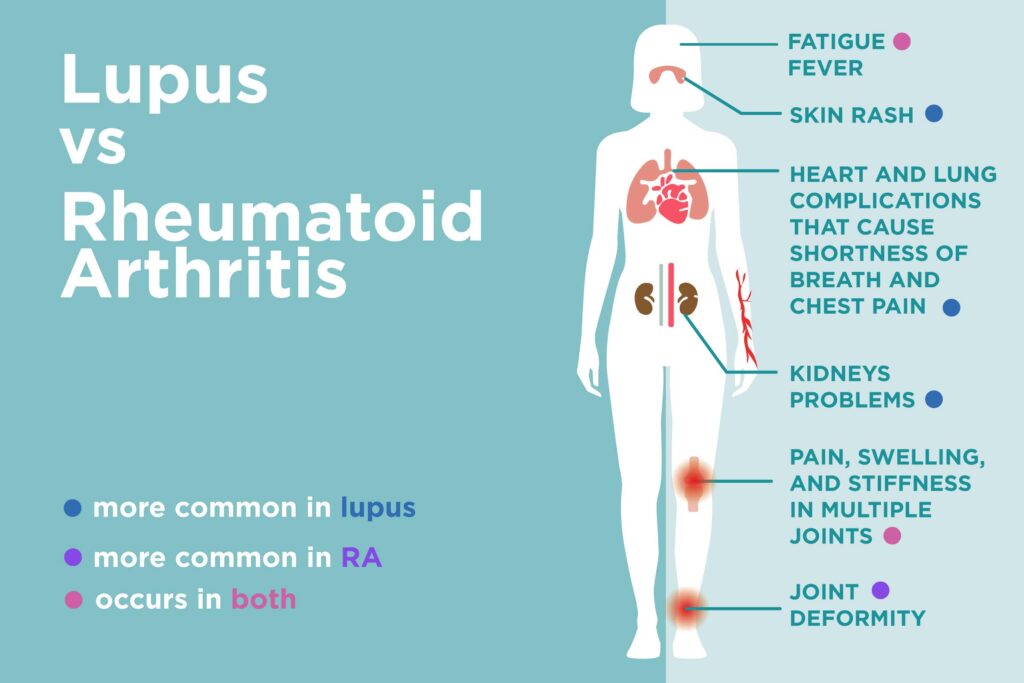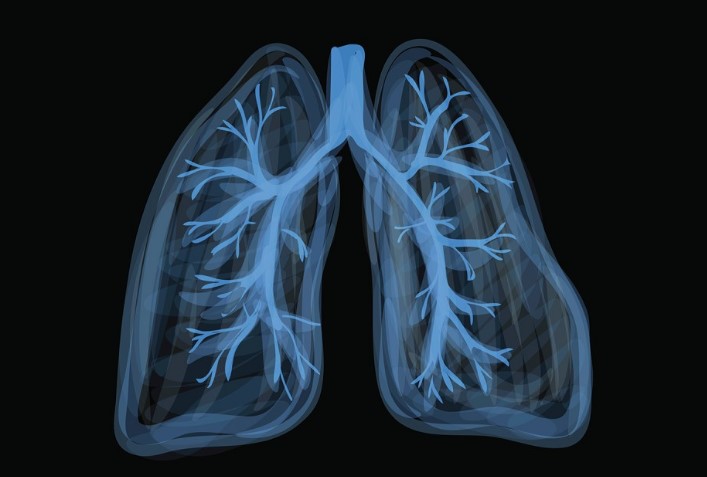Unraveling Lupus: Discover the causes, recognize diverse symptoms, and explore current treatment options. Empower yourself with essential knowledge today.
Lupus disease symptoms
Ever experienced joint pain that just won’t quit, or a rash that seems to come and go for no reason? Or perhaps you’ve felt an overwhelming fatigue that no amount of sleep can shake off? These might be more than just everyday ailments; they could be signs of Lupus. Here’s the thing: Lupus is a complex autoimmune disease that affects millions, yet it remains shrouded in mystery for many. It’s not just a single symptom; it’s a systemic condition that can impact various parts of your body. This article aims to demystify Lupus, exploring its causes, unraveling its diverse symptoms, and examining current treatment options. We’ll cut through the medical jargon and give you practical insights. So, let’s dive in and shed light on this challenging condition.
The Complexities of Lupus: Causes and Biological Mechanisms
What exactly triggers the body to attack itself in Lupus? It’s a complex puzzle, and researchers are still piecing it together. The core issue lies in the immune system’s dysfunction. Instead of targeting external threats, it produces autoantibodies that attack healthy tissues. Genetic predisposition plays a significant role. If you have a family history of Lupus, your risk is increased. However, it’s not solely genetic; environmental factors act as triggers.
A 2023 study published in the Journal of Autoimmunity highlighted the role of epigenetics in Lupus development. Epigenetics refers to changes in gene expression without altering the underlying DNA sequence. This study found that environmental exposures, like UV radiation and certain viral infections, can induce epigenetic modifications that increase susceptibility to Lupus. Dr. Michael Johnson, a rheumatologist at Johns Hopkins, explains, “It’s like a switch being flipped. Environmental triggers can activate genes that predispose individuals to autoimmune responses.” You might be surprised to learn that hormonal changes, particularly in women, can also influence Lupus onset.

Furthermore, research is exploring the role of the gut microbiome in Lupus. An imbalance of gut bacteria may contribute to immune system dysregulation. The immune system is very complex, and when it malfunctions, many different areas of the body can be affected.
To further understand the basic biological processes of the immune system, one can look at the general process of Autoimmunity.
As discussed in our guide to “/how-stress-affects-immune-system”, chronic stress is also a contributing factor to the flare ups that Lupus patients experience.
Recognizing Lupus Disease Symptoms and Exploring Modern Treatment Options
Recognizing Lupus disease symptoms early is crucial for effective management. Here are some common signs:
- Joint Pain and Swelling: Often affecting the hands, wrists, and knees, this can mimic arthritis.
- Skin Rashes: The characteristic “butterfly rash” across the face, but also other rashes and photosensitivity.
- Fatigue: Persistent and overwhelming tiredness, even after adequate rest.
- Fever: Unexplained fevers, often low-grade.
- Chest Pain: Due to pleurisy (inflammation of the lung lining) or pericarditis (inflammation of the heart lining).
- Hair Loss: Thinning hair or bald patches.
- Mouth Sores: Ulcers in the mouth or nose.
- Kidney Problems: Can lead to serious kidney damage if untreated.
- Neurological Issues: Headaches, cognitive dysfunction, seizures.
Now, let’s talk about Lupus disease treatment. While there’s no cure, several medications and lifestyle changes can help manage symptoms and prevent flares. Nonsteroidal anti-inflammatory drugs (NSAIDs) are commonly used for pain and inflammation. Corticosteroids, like prednisone, can reduce severe inflammation. Antimalarial drugs, like hydroxychloroquine, can help with skin and joint symptoms. Immunosuppressants, like methotrexate and azathioprine, suppress the immune system.
Biologics, such as belimumab, are newer therapies that target specific immune system components. Lifestyle adjustments are also essential. Protecting the skin from sunlight, managing stress, and maintaining a healthy diet can significantly impact symptom severity. Caregiver support and patient education are crucial. Lupus affects not just the individual, but their entire support system.
Conclusion Lupus disease symptoms
Lupus is a complex and challenging disease, but understanding its causes, symptoms, and treatment options empowers individuals to take control of their health. Early diagnosis and a comprehensive management plan can significantly improve quality of life. It’s not just about managing symptoms; it’s about supporting individuals and their families through a chronic illness. Stay informed, seek support, and remember, you’re not alone. Ongoing research is providing new insights and therapies, offering hope for a better future for those living with Lupus. By increasing awareness, and supporting research, we can make a difference.








